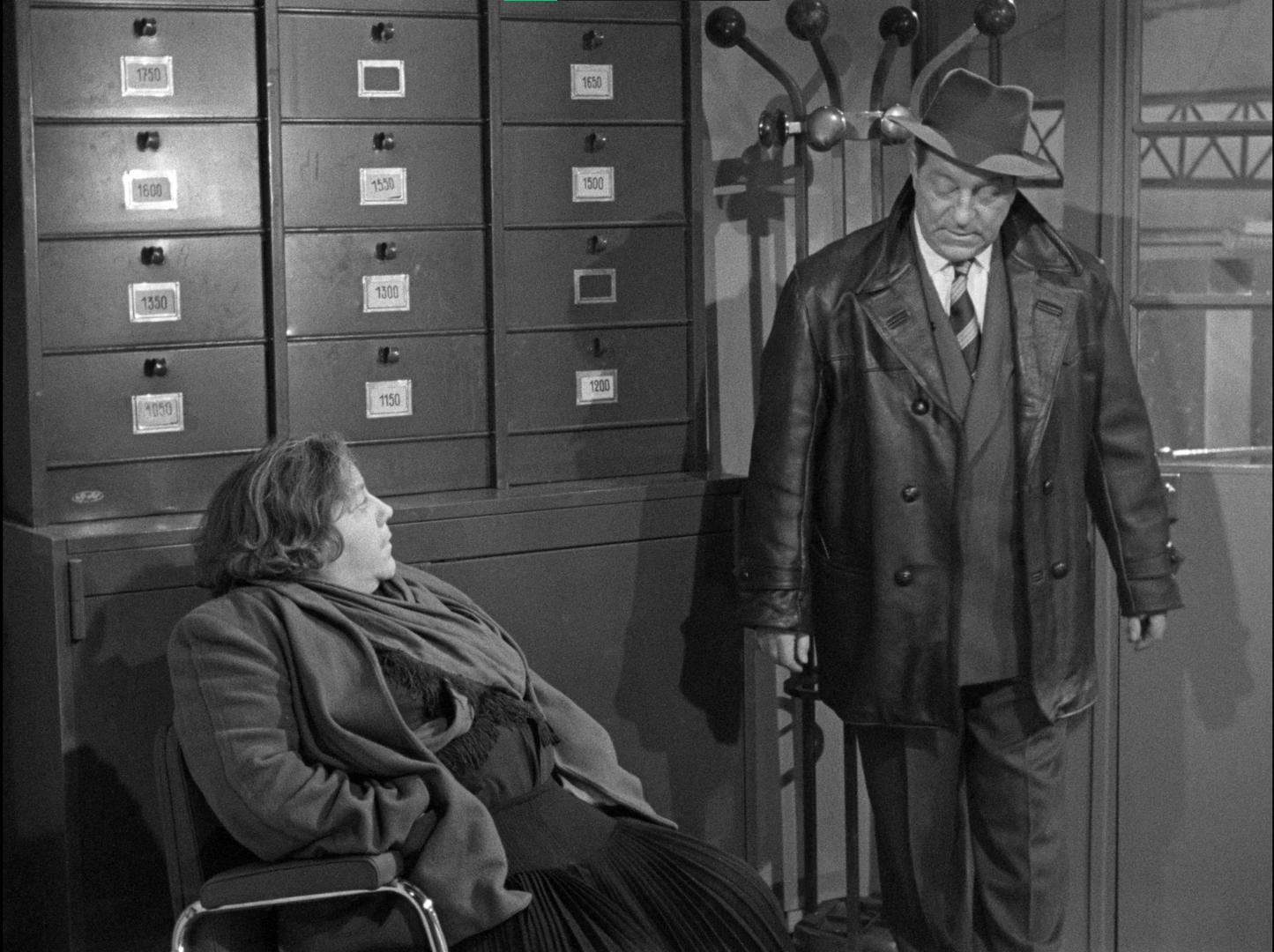
Movies from the 1930s hold a special place in cinematic history, marking a period of innovation, transition, and unforgettable storytelling. This era, known as the Golden Age of Hollywood, introduced audiences to new genres, groundbreaking technologies, and some of the most iconic stars to ever grace the silver screen. From the advent of sound in films to the rise of the screwball comedy, the 1930s were a time of experimentation and evolution in filmmaking. These films not only entertained millions during the Great Depression but also laid the groundwork for the modern movie industry. With captivating tales of love, adventure, and drama, 1930s movies continue to enchant viewers nearly a century later. Here are 18 fascinating facts about this pivotal decade in film history, offering a glimpse into the magic that defined an era.
The Dawn of the Golden Age of Hollywood
The 1930s marked the beginning of what many consider the Golden Age of Hollywood. This era was characterized by the industry's recovery from the transition to sound films during the late 1920s, leading to an explosion of creativity and innovation.
-
Sound Revolution: The decade kicked off with movies finally speaking up. "The Jazz Singer" in 1927 had already introduced audiences to synchronized dialogue, but it was throughout the 1930s that sound films truly took over, transforming every aspect of movie production and viewing.
-
Color Technology: While most films of this era were in black and white, the 1930s saw the first steps towards color filmmaking. "Becky Sharp" (1935) was the first feature film to use three-strip Technicolor, showcasing vibrant colors that captivated audiences.
Iconic Films and Characters
The 1930s were responsible for introducing some of the most iconic films and characters in cinema history, many of which remain beloved today.
-
Snow White and the Seven Dwarfs: Released in 1937, this was not only Disney's first full-length animated feature but also the first full-length cel-animated feature in motion picture history. Its success paved the way for the animated film industry.
-
The Universal Monsters: Characters like Dracula (1931), Frankenstein (1931), and The Mummy (1932) emerged during this decade, creating the foundation for the horror genre and Universal Studios' monster legacy.
The Impact of the Great Depression
The 1930s were also a time of economic hardship due to the Great Depression. However, movies played a crucial role in society during these tough times.
-
Escapism: With the reality being grim, movies served as an escape for many. Musicals, comedies, and lavish productions offered a temporary reprieve from the hardships of daily life, drawing huge crowds despite the economic downturn.
-
Ticket Prices: Even during the Depression, movie tickets remained relatively affordable. This accessibility helped maintain cinema as a popular form of entertainment, with attendance actually peaking during this decade.
Censorship and the Hays Code
As movies became more popular, they also came under closer scrutiny for content. This led to the creation of the Hays Code, which dictated what could and could not be shown on screen.
-
Pre-Code Era: Before the strict enforcement of the Hays Code in 1934, films often featured more risqué content, including sexual innuendos, criminal activity, and other elements considered immoral by the standards of the time.
-
The Hays Code Enforcement: Starting in 1934, the Hays Code was strictly enforced, leading to significant changes in how films were made. This censorship code would shape Hollywood content for the next three decades.
Technological Innovations
Beyond sound and color, the 1930s saw other significant technological advancements that would shape the future of filmmaking.
-
Special Effects: This era saw the early use of special effects in movies like "King Kong" (1933), which used stop-motion animation to bring the giant ape to life, creating a sense of wonder and amazement.
-
Multiplane Camera: Disney's innovation, the multiplane camera, was first used in "The Old Mill" (1937) short film and later in "Snow White and the Seven Dwarfs." This technology allowed for more dynamic and layered animations.
The Rise of Movie Stars
The 1930s also saw the emergence of the movie star system, with actors becoming major draws for audiences.
-
Clark Gable and Vivien Leigh: Stars like Clark Gable and Vivien Leigh became household names, especially after their roles in "Gone with the Wind" (1939), one of the most famous films of the decade.
-
Child Stars: Shirley Temple, the quintessential child star of the 1930s, brought joy and hope to millions with her optimistic films during the Great Depression, becoming one of the biggest box office draws.
International Influence
Hollywood's influence began to spread beyond the United States, shaping global cinema.
-
Bollywood's Early Years: Inspired by Hollywood's success, the Indian film industry began to take shape during the 1930s, laying the groundwork for what would become Bollywood.
-
European Cinema: In Europe, filmmakers like Alfred Hitchcock in the UK were beginning to make a name for themselves, while the German film industry was known for its expressionist style, influencing Hollywood's visual storytelling.
Legacy of the 1930s Movies
The innovations and trends of the 1930s have left a lasting legacy on the film industry.
-
Foundation for Modern Cinema: Many genres, techniques, and standards that were developed or perfected during this decade are still in use today, from horror and sci-fi to musicals and animation.
-
Preservation Efforts: Recognizing the cultural and historical significance of 1930s films, preservation efforts have increased, with many films being restored and re-released for new generations to enjoy.
-
Influence on Pop Culture: Characters and stories from 1930s cinema continue to influence pop culture, with remakes, adaptations, and references appearing in modern movies, TV shows, and other media.
-
Film Studies: The 1930s are a focal point for film studies, with scholars and enthusiasts analyzing the era's impact on cinema history, technology, and society.
A Final Reel on 1930s Cinema
Diving back into the 1930s, we've journeyed through a decade where cinema was more than entertainment; it was a lifeline during tough times. Movies from this era taught us resilience, showcased technological marvels, and introduced icons that still shine brightly in today's pop culture. From the birth of color films to the rise of unforgettable stars like Shirley Temple and Clark Gable, this period was a golden age of innovation and storytelling. As we look back, let's appreciate the groundwork laid by 1930s cinema, influencing countless filmmakers and captivating audiences for generations. Remember, every time you watch a classic from this decade, you're not just enjoying a movie; you're stepping into a time machine, exploring a world of past wonders that continue to shape our cinematic future.
Was this page helpful?
Our commitment to delivering trustworthy and engaging content is at the heart of what we do. Each fact on our site is contributed by real users like you, bringing a wealth of diverse insights and information. To ensure the highest standards of accuracy and reliability, our dedicated editors meticulously review each submission. This process guarantees that the facts we share are not only fascinating but also credible. Trust in our commitment to quality and authenticity as you explore and learn with us.


